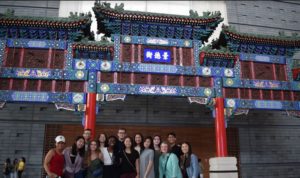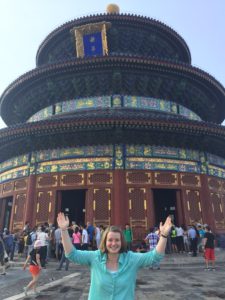If I had to use one word to describe my fourth week in Paris, it would be immersive. I met a Parisienne girl this year while studying abroad in Angers who has been in the city for the week visiting family. We have been able to spend a lot of time together and she has shown me her favorite parts of the city. The reason I used the word immersive earlier, though, is because she speaks only a little bit of broken english. Therefore, we communicate solely in French. This means that I have spent most days of the week completely immersed in the language and culture. While it has been hard, and I have had my fair share of frustrations, I have noticed that my oral skills have already improved a lot. What is great about speaking normally in French (as opposed to in a classroom setting), is that you are forced to think on your feet. If you are unable to formulate a response quickly enough, the conversation will simply fall apart. I have noticed that all of the attention I am giving my French has really benefited my skill level.
Here is a picture of my friend as we sat in her home’s incredible yard:
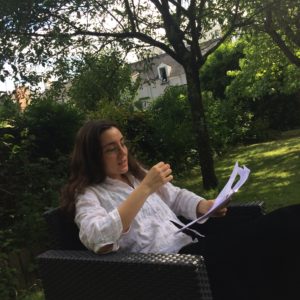
My classes at the Alliance Française have of course also continued to help my overall level of French. I have finally developed a good working relationship with my Professor and I feel comfortable asking any question that pops into my head, no matter how basic or easy the response may be. She is also very quick to critique my errors, which I truly apreciate (especially given that most people will not do that, as it is considered rude). Sadly, though, this is my last week with this Professor. Next week, I will continue on to a level C1 class (the second highest on the CEFRL). While I am really excited to finally be in C1 (it has been on my radar ever since August when I arrived in Angers at an A2 level), I will be sad to leave the Professor that I enjoy so much. However, given the reputation of my school as one of the best in France, I am sure it will be great.
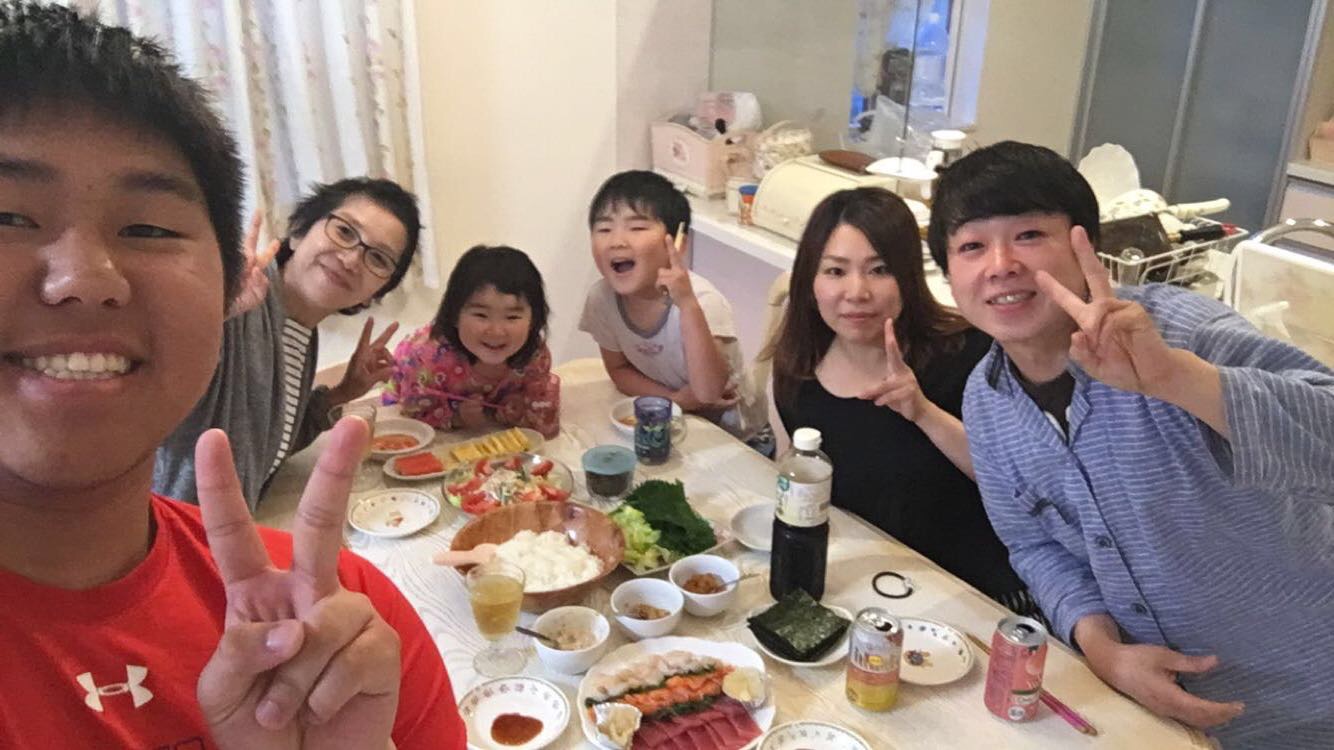
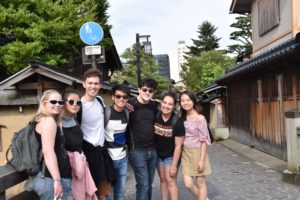 (exploring Kanazawa with friends)
(exploring Kanazawa with friends)


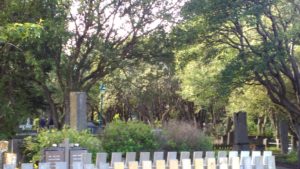
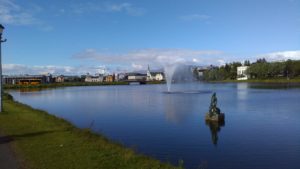
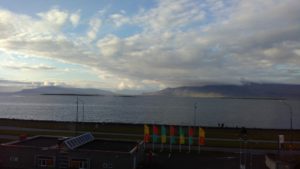
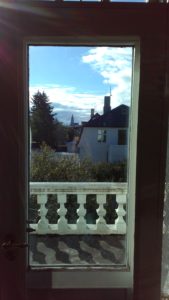
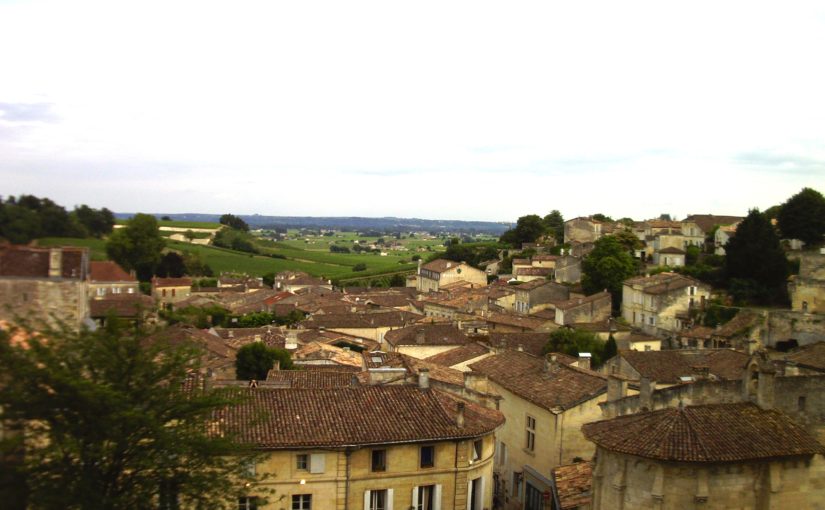
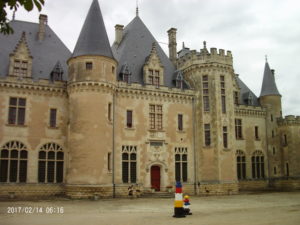
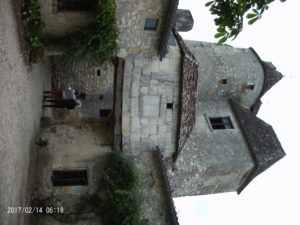





 We subsequently rented a small boat to go around the grand lake. As we went around a few people smiled at us and spoke to us from the shore. The entire experience was a wonderful and memorable insight into one of China’s many microcosm communities.
We subsequently rented a small boat to go around the grand lake. As we went around a few people smiled at us and spoke to us from the shore. The entire experience was a wonderful and memorable insight into one of China’s many microcosm communities.